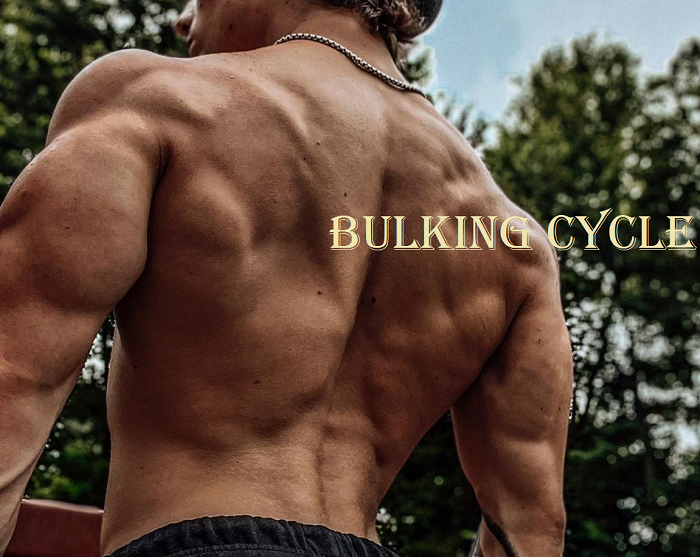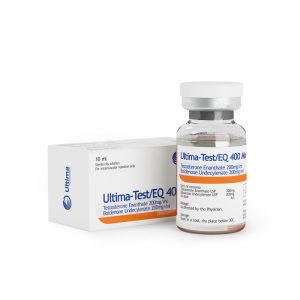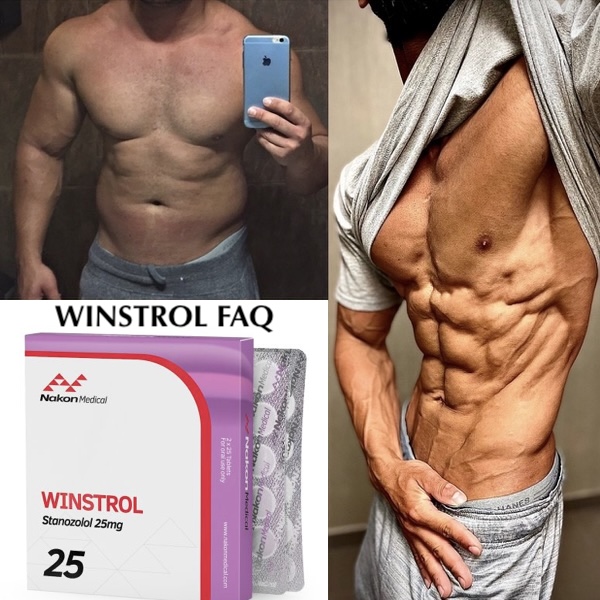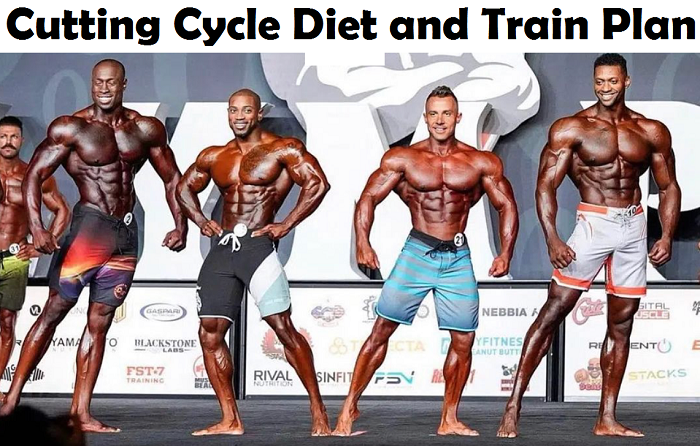Bulking Cycle
When you’re searching to achieve your dream body, it’s highly important to understand that there are many different strategies that you could implement. Mostly, this means that you would want to gain muscle mass and burn body fat. And while you burn fat through cutting cycles, you’re gaining muscles and strength with bulking cycles.
If you’re searching to burn fat then you should focus on cutting.
But if you want to put on weight and get overall bigger by gaining muscles and strength you need a bulking cycle.
It’s extremely important to remember that regardless of whether you’re bulking or cutting – you need to implement those strategies to help you achieve your goals. Using anabolic steroids alone is not enough. While there are different steroids for bulking and for cutting that can help you achieve those goals, running a proper “bulking” cycle in terms of workout and diet is essential. Steroids only “boost” their efficacy.
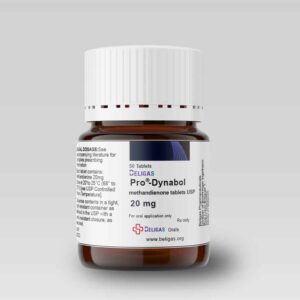 If you want to bulk up, it’s important to understand how to do it correctly.
If you want to bulk up, it’s important to understand how to do it correctly.
For example, if you are unsure whether you would need to bulk (gain muscles) or to cut (burn fat) because you would love both then check your body percentage. If it’s more than 20% I would recommend cutting. If it’s less than 10% I would recommend bulking.
What if it’s in between? Then you have to decide for yourself what you want more, to burn fat or gain muscles. Some people suggest that you can burn fat and gain muscles at the same time (body recomposition) but considering different nutrition (diet) plans and different workout (training) plans for bulking vs cutting – you need to stick with one for achieving your goals.
For How Long Should I Bulk Up?
There are different durations when it comes to bulking vs cutting. In fact, there are different durations when it comes to bulking based on different people.
Nonetheless, bulking up usually goes for at least 8 weeks. Gaining muscles requires time and thinking that you can gain a lot super fast, even if you started your steroid cycles, is a big mistake. As said, your Testosterone or/and Dianabol cycle is great at adding muscles. You would achieve your goals much faster than an ordinary guy without the use of steroids.
Nonetheless, you won’t achieve anything as long as you don’t workout and don’t eat correctly. With this being said, it’s quite obvious that the answer to the question “for how long should I bulk up?” depends on many factors. It depends on your goals as everyone has different levels of bulking dreams, depends on your diet, your genetics, the steroids that you use, and the workout plan.
That’s why some people may bulk for only 8 weeks and find it enough. Others bulk for 12-16 weeks and still don’t think it’s enough. That’s why there are a lot of people who continue bulking up for years (but running bulking steroid cycles intermittently in order to avoid steroid’s damage and side effects).
Can I Build Muscle (Bulk) and Burn Fat (Cut) At The Same Time?
Well… Yes and no. While some people can make this possible to shed off body fat and build muscle mass at the same time – that’s extremely hard. Of course, anabolic steroids greatly help with this goal as they burn fat and grow muscles but it very much depends on a lot of other factors.
Your genetics play a role, for how long you’ve been working out and dieting and so on and so forth. While you can achieve it, it requires you to be even more careful when it comes to your diet, your recovery, nutrition, workout and exercises, and so on and so forth.
But the main thing to think about is: to lose fat your body needs to burn more calories than you eat. To grow muscles your body needs more calories than it burns in order to add muscles. Now, you need to remain somewhere in the maintenance calories that is not going to be highly effective in bulking, nor in cutting.
Bulking Types
There are three main bulking types that you should be aware of:
- Clean Bulk. As the name suggests, when you’re clean bulking, it means that you’re eating clean. This means that you are not eating processed foods (which I wouldn’t recommend anyway) and you’re focusing on high quality proteins. Usually, you’re getting protein right after your workouts (and a normal amount of carbohydrates and fat) to help with hypertrophy (muscle growth). Usually, clean bulking means that you’re going about 10% above your caloric needs. Considering the little extra calories and clean diet, you add muscle mass without too much fat.
- Lean Bulk. Lean bulking is very similar to clean bulking but with a little bit more calories and more leeway in your diet. You would still need to focus on getting enough protein and eating well, but you can go for about 120-130% of your caloric needs.
- Dirty Bulk. Dirty bulking is not the best idea unless you’re really skinny or don’t really care how you’ll end up looking because it assumes you’re going to put on some good amount of fat as you bulk. Usually, people who “dirty bulk” try to eat as much as possible without really taking care of the calories, carbohydrates, and fats they eat. While I still recommend you watch out for what you’re eating, people on dirty bulk try to eat as much as possible. Usually, these people require a cutting cycle later to reduce the unwanted fat gains.
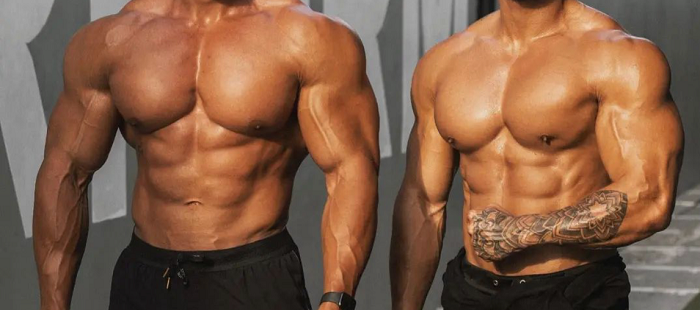
What Should I Do During My Bulking Cycle?
So well, you’ve learned that using bulking steroids alone is not enough, you have to work a lot for your goals. And here I’m going to share a few examples of what your plan should look like. Before we continue, I need to say that I would recommend bulking only if you’re fairly lean. A little excess of fat is OK, but if you’re really overweight then bulking might not be the best plan for you.
As you can guess, during a bulking plan you can add some fat too. That’s unless you’re clean bulking which is hard and is adding muscles harder compared to lean and dirty bulking. But these bulking plans, as said, add more fats.
Again, adding some fat during the bulking plan is fine. You would shred it with a cutting cycle later. Just make sure you’re not adding way too much and way too fast fat.
You should pay attention to 3 main things: your nutrition (diet), your exercises (workouts), and your sleep (rest).
The key elements to growing muscles are: you need to tear your muscles as effectively as possible (during workouts) and then allow them to recover as effectively as possible (with a good diet and enough rest – sleep). Overtraining tears too much muscles. Undertraining won’t tear them enough. Overeating adds too much fat, undereating won’t assist muscle recovery.
Nutrition During Diet
Progressively Increase Calories
As you’re gaining more weight, your maintenance calories are different. So are the calories you require for bulking up. You need to eat more calories (aim for 10-30% of your maintenance per day) than you burn off.
You can simply calculate your maintenance calories based on your weight, height, age, daily weekly activity level, etc.
So, if your maintenance calories are 2,000 per day, for example, then you’ll need to aim to eat 2,200-2,600 per day. Eating more is a dirty bulk with very high chances of adding more fat. Eating less won’t help you grow muscles!
Calculate Your Proteins
Proteins are highly important for growing muscle mass, for recovery, strength, etc. Don’t overeat proteins because it may lead to GI (gastrointestinal) issues. Definitely don’t under eat proteins as you won’t grow.
Aim to eat around 1 gram of protein per pound of body weight (that’s around 2 grams of protein per kilogram of body weight).
Calculate Carbohydrates
Carbs are very important for energy and energy is extremely important for high intensity weight training. It’s that type of training that you need to undergo for growing muscles. Therefore, during a bulking cycle, you need to grow muscles by eating enough carbs. I would recommend around 2-3 grams per pound of body weight when you’re bulking. Increasing macronutrients is vital for packing on muscles.
- PS: When you’re using anabolic and androgenic steroids, they greatly assist your recovery and they help you make the most out of your foods. Therefore, adding a bit more carbs, proteins and calories can be helpful in a faster muscle growth cycle.
Add Supplements
Sometimes, you may not make up with the micro and macro nutrients that your body needs so you could add supplements. There are weight gaining shakes, protein shakes and other supplements meant to help you achieve your bulking goals.
Moreover, I highly recommend adding vitamins and minerals that may assist your growth. While you may not tell that they are working, people often can tell that they lack vitamins and minerals when they don’t use them.
Sleep and Rest
Yes, it may sound a cliché but it’s actually vital for you to get 7-9 or even more hours of sleep every day. As said, an extremely important part of the muscle growth process is the recovery, and when do our bodies recover best? That’s right when we’re sleeping. Getting a good night’s sleep is going to provide recovery for the nervous system, muscles, adrenals, and everything else that is so important for you to keep on growing muscles!

Exercises During Workout
Train Frequently
It’s extremely important to understand that there’s a big difference between exercising for weight loss, for health purposes, and for growing muscle mass. If you’re aiming to train for hypertrophy (muscle development) you should know how to do it correctly. For example, by training a muscle more frequently is a great way to help it grow. Make sure you’re not overtraining though.
However, by training more frequently instead of training volume is a great way. What I’m trying to say is that it’s much better to train your biceps two times a week for one hour, rather than training it one time a week for two hours, for example. This can lead to excessive soreness, overtraining, and even injury.
If you want to grow your leg muscles, it’s much better to exercise 15-20 total sets one day and 15-20 sets another day. Rather than going for 30-40 total sets in one session.
I guess you got the idea. So, if you’re working out 2-3 times a week, it’s better to slowly increase the frequency up to 5-6 times weekly.
Try Different Rep Ranges
For most people and most exercises, the training movements anywhere between 8 and 15 rep range is going to cover most bases for muscle growth.
However, there are different exercise types such as bench press, deadlifts, and others that are good enough to remain within the 5-10 reps range. At the same time, there are others that you could try going up to 20-30 rep ranges.
It depends on the type of exercise and what works better for you. Anyway, make sure that if you’re not able to rep even 5-8 times then it might be too much weight (not enough train movements). On the other hand, if you’re able to do it more than 20-30 times then it might be too light weight (not enough weight).
Train More Volume
So, you are training frequently and you’re training within proper rep range, but you should also start training in more volume too. Since you’re in a caloric surplus with enough fats, carbohydrates, and calories – you can also train in higher volumes. Because of proper nutrition and sleep, your body still recovers. Especially when you add anabolic steroids to your plan.
You could start by training anywhere around 12-20 total weekly sets. Then you can slowly increase after you notice you can do it. For that, you should monitor your muscle soreness, recovery, and the overall progression you’re making in the gym.
Start with a program with a lower end of the volume range when you’re a beginner and then slowly start to push the progress.

Conclusion
In the end, remember that you’ve got to do it all right. The closer attention you pay to it, the more and faster results you’re going to experience. Anabolic steroids assist in adding more strength, faster recovery, and taking the most out of your foods, but then again, don’t rely on steroids only. Your diet and workout plan should be perfect, for perfect results.
If you’re still struggling with a proper nutrition and workout plan then it might be worth talking with a nutritionist and a personal trainer.
However, if you’re having questions about anabolic steroids, we at CycleGear.to are always ready to help you.

